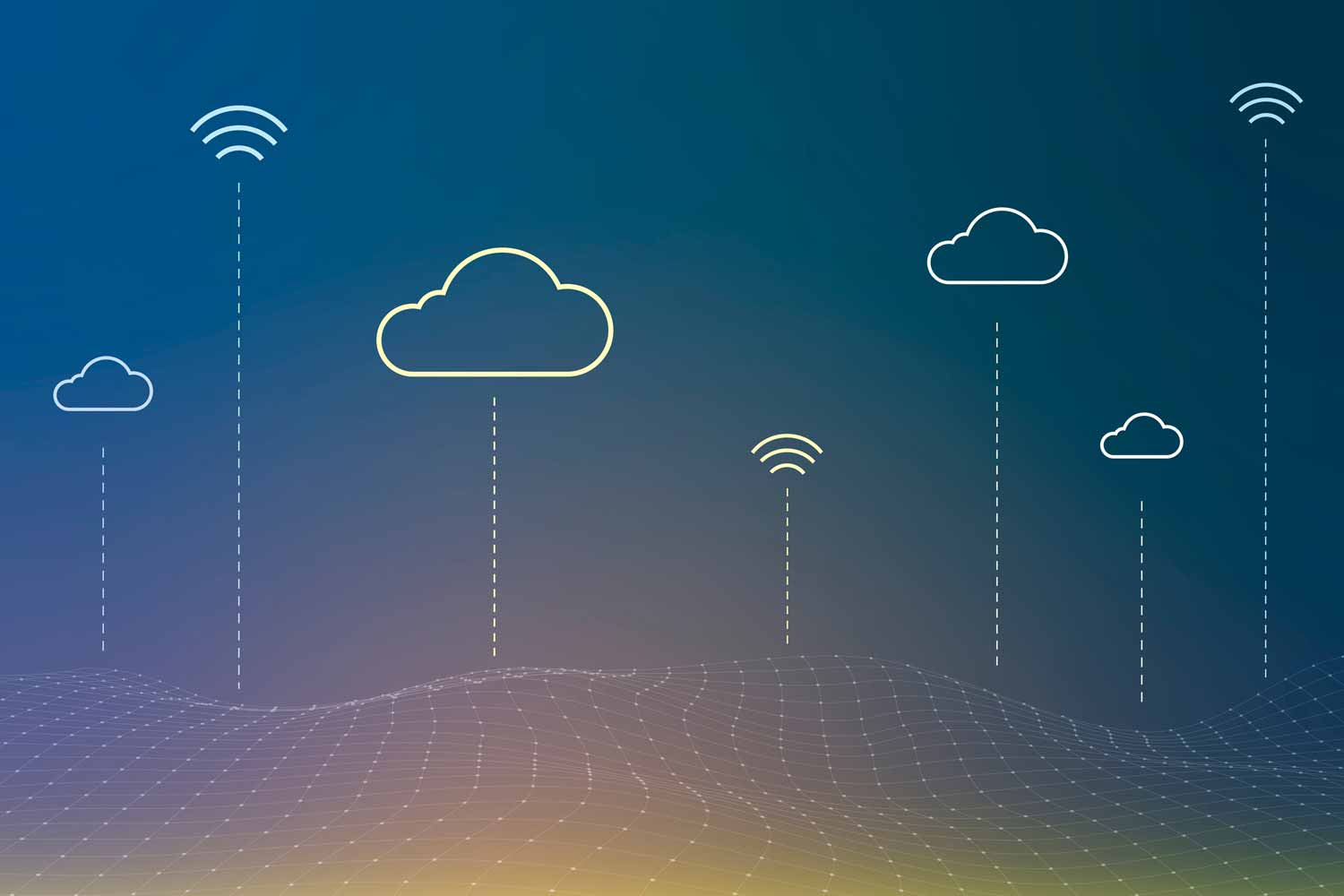Are you an aircraft technician looking to brush up on safety protocols or a student studying aviation who needs help understanding aircraft technology maintenance? Then this post is for you! In it, we’ll provide the ultimate guide to aircraft technology maintenance and safety procedures—everything from identifying when parts need servicing and how to complete routine inspections, to learning why traceability and reliability are so crucial in the aviation industry. We’ll also talk about common issues that can occur with various systems or components, such as fuel tank repairs or engines no longer running properly. We know that getting your plane off the ground means millions of moving pieces all have to work together perfectly; we’re here to make sure they do just that.
1)Overview of Aircraft Technology and its Maintenance Procedures
Aircraft technology is a vast field of study, encompassing everything from the parts and systems of an aircraft to the safety procedures that must be followed in order to keep the aircraft functioning at its best. Maintenance procedures are an integral part of ensuring that an aircraft is kept in top condition; they involve performing a detailed inspection of the components and equipment, testing their performance, and making necessary repairs or modifications. Also, you need to know where to buy aircraft parts and materials, as well as any special tools that may be needed. It isn’t just about making sure everything looks good; maintenance procedures can encompass anything from evaluating engine oil levels to testing structural integrity and verifying safe runway characteristics.
2) The Basics of Aircraft Safety and Security
Maintaining aircraft safety and security is essential for air passengers, pilots, crew members, and all people involved in the airline industry. It’s important to understand the different components of an aircraft and be aware of their functions so that you can detect any issues before they become serious problems. You should also familiarize yourself with the standard operating procedures for each component and system, as well as proper maintenance practices. Furthermore, it’s essential to know how to respond to emergency situations such as fire, engine failure, or cabin depressurization. Learning how to properly deal with any of these issues is a crucial part of aviation safety and must be taken very seriously.
3) The Role of Traceability and Reliability in Aircraft Technology Maintenance
Traceability and reliability are two key concepts that are essential for aircraft technology maintenance. Traceability involves the analysis of data and the use of records to track any changes or modifications that are made during maintenance. This information can then be used to identify problems, assess their root causes, and suggest solutions. On the other hand, reliability is concerned with ensuring that an aircraft’s components and systems remain in optimal condition and function properly over time. Aircraft manufacturers must closely monitor these two aspects through rigorous inspections as well as regular tests and maintenance procedures.
4) Common Issues That Can Occur with Aircraft Components
Aircraft components and systems can sometimes experience issues that require repairs or replacements. The most common problems include fuel tank repairs, engine malfunctions, faulty wiring, and incorrect installation of parts. It’s important to be able to identify these issues quickly so that they can be addressed promptly in order to minimize any risks. Additionally, it’s necessary to understand the relevant safety protocols in order to ensure that all maintenance procedures are performed correctly and without compromising the aircraft’s performance or reliability.
5) The Importance of Quality Control in Aircraft Maintenance
Quality control is an important part of aircraft maintenance and ensures that any modifications or repairs are done correctly. It also involves a process of verifying the quality of components and systems through rigorous testing, inspections, and documentation. This helps to identify any potential problems before they cause bigger issues down the road. Additionally, quality control can help to reduce the risks associated with flying by making sure that all aircraft components meet manufacturer specifications and safety standards. Quality control is essential for the safe operation of any aircraft, so it’s important to understand its importance and follow the appropriate guidelines when performing maintenance procedures.
6) How Technology Has Improved Aircraft Maintenance Processes
Technology has improved many aspects of aircraft maintenance over the past few decades. New advances in technology have made it easier to detect any issues before they become serious problems, as well as streamline the process of identifying and diagnosing issues quickly. Additionally, technology has helped to automate many maintenance processes, making them more efficient and reducing the likelihood of human error. Finally, some technologies are now being used to predict potential maintenance needs in advance so that aircraft operations can be planned accordingly. All of these advances have made aircraft safer and more reliable than ever before.
7) The Benefits of Outsourcing Aircraft Maintenance Services
Outsourcing aircraft maintenance services can provide numerous benefits such as cost savings due to lower labor costs and access to specialized personnel or equipment. It also allows airlines to focus on their core business operations rather than worrying about the technical aspects of aircraft maintenance. Additionally, outsourcing can also reduce risks and ensure that all procedures are performed correctly in accordance with industry standards and manufacturer specifications. Finally, it can help to avoid costly delays associated with unexpected repairs or replacements that may be needed due to unexpected failures or malfunctions. For example, many airlines are now outsourcing non-critical maintenance services such as painting or cleaning to ensure that all aircraft components remain in optimal condition. Also, outsourcing can provide access to advanced technology and specialized personnel for specific maintenance tasks, such as inspections or troubleshooting.
Aircraft technology maintenance is a complex field requiring knowledge in many areas, such as safety protocols, traceability, reliability, and more. By understanding the basics of aircraft technology maintenance and following all necessary safety protocols, you can ensure the optimal performance of your aircraft and keep it in top condition for years to come. By taking a proactive approach and utilizing the latest advancements in aircraft maintenance technology, you can ensure that your aircraft is always ready for take-off! So, don’t wait another moment—get your aircraft maintenance up to date today!









